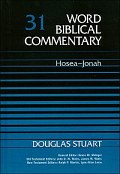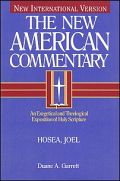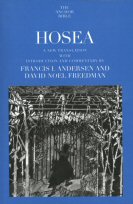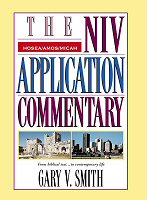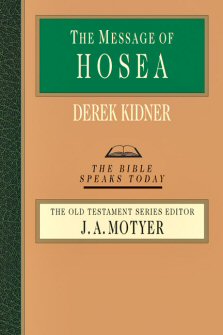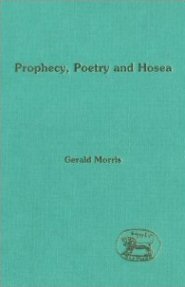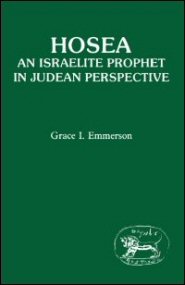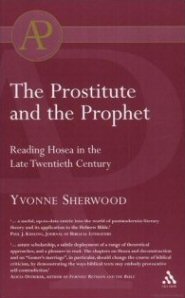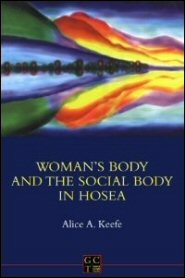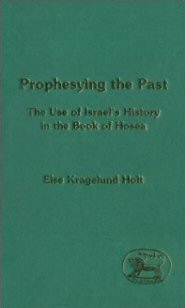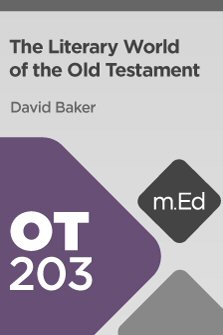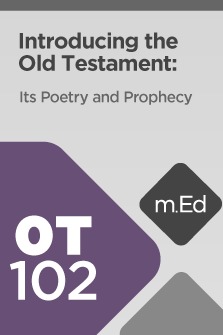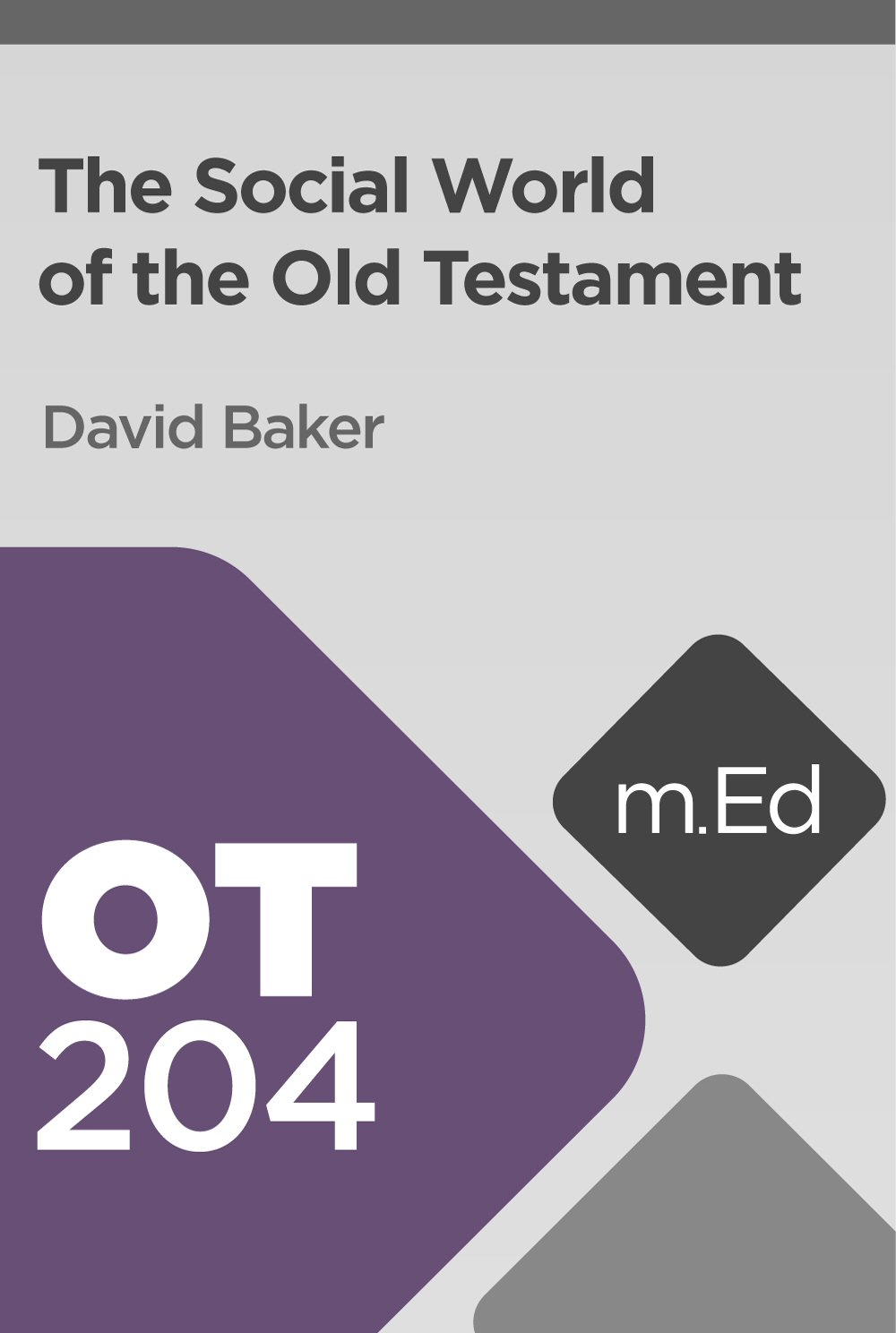Hosea-Micah
The Hosea-Micah Expository Preaching Kit (L) helps you plan an expositional sermon series by curating a trifecta of the best Bible study materials on the books of Hosea, Joel, Amos, Obadiah, Jonah and Micah you need to prep and preach. It includes everything in Hosea-Micah Expository Preaching Kit (S) and Hosea-Micah Expository Preaching Kit (M), plus resources like The Book of Amos (New International Commentary on the Old Testament), Commentaries on the Twelve Prophets, Volume 2 (Hos-Amos; Zech, Mal) , and Hosea (Mentor Commentaries).
Small
Medium
Large
